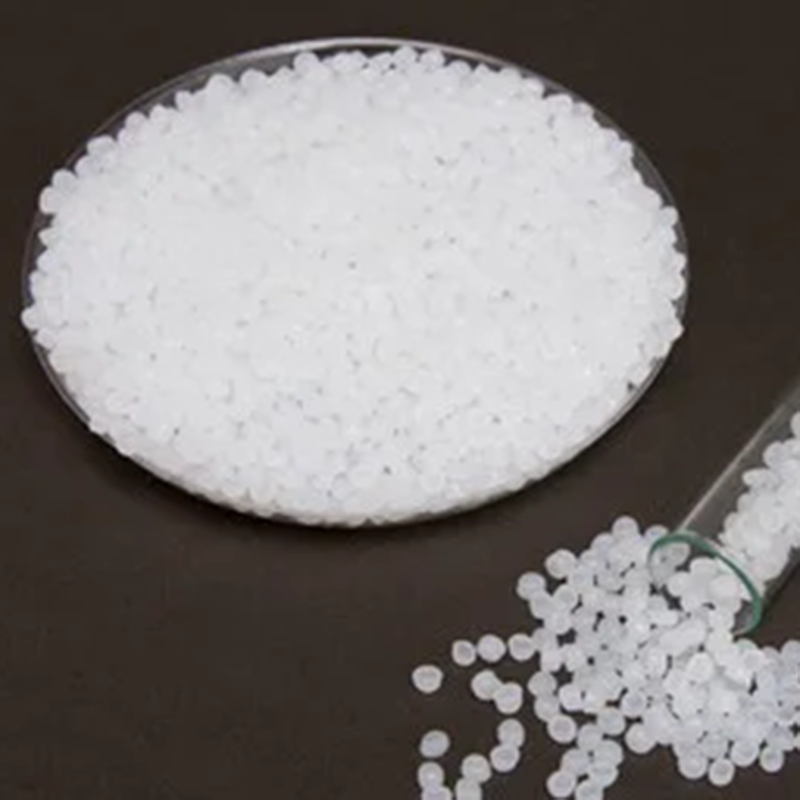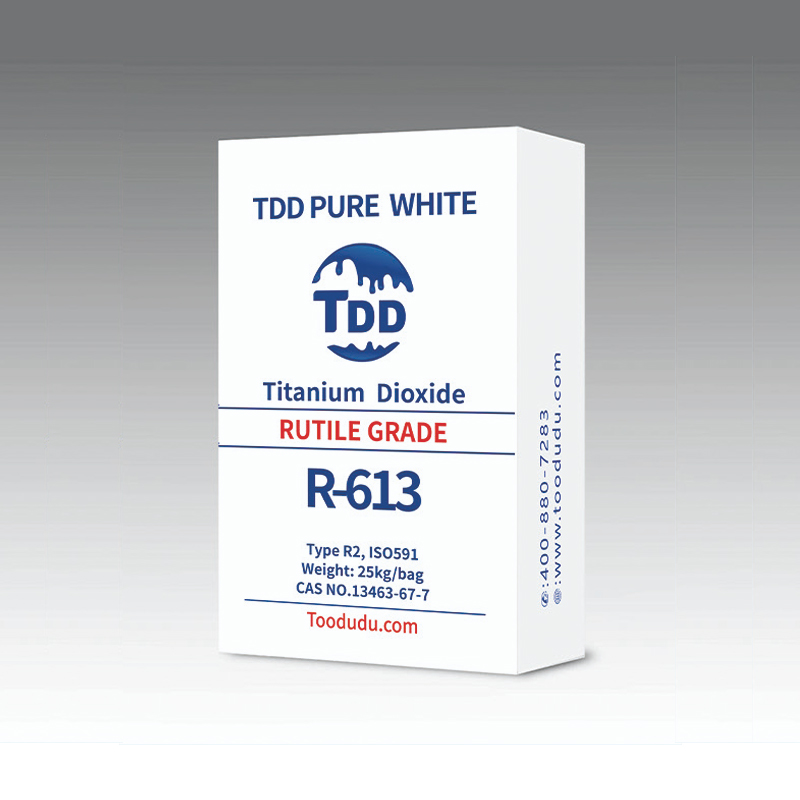Basic knowledge and application of talc and calcium carbonate
1. Talcum powder and calcium carbonate are used for filling. The main purposes are: 1. Increase dimensional stability (i.e. reduce shrinkage), 2. Increase material stiffness, 3. Increase material heat resistance, 4. Reduce material cost, etc. aspects, but it also has its shortcomings: 1. Increased density, 2. Poor use, reduced impact toughness, 3. Reduced material gloss.
2. The particle size of talc powder is the same as calcium carbonate, generally 300 mesh, 600 mesh, 800 mesh, 1250 mesh and 2500 mesh. Of course, there are finer ones, and they are generally used in plastics. Choose 800 mesh and 1250 mesh, which can achieve the highest performance/price ratio.
3. The price of talc powder fluctuates. Generally speaking, there will not be much problem with pricing based on mesh count. For example, the general price of 800 mesh is between 700 yuan and 850 yuan, and the price of 1250 mesh is between 1000 yuan and 1280 yuan. It is abnormal for the price to be too high or too low.
The difference between talc powder and calcium carbonate:
1. The shape of talc powder is flake, so it has high stiffness, dimensional stability and heat resistance. The enhancement effect is good.
2. Calcium carbonate is generally granular, so its stiffness and other aspects are not as good as talc powder, but its price is lower, its whiteness is higher, and it has little effect on the impact toughness of plastics.
3. Talcum powder has a nucleating effect on polypropylene, while calcium carbonate is not obvious in this regard.
4. Calcium carbonate can generally be divided into light calcium carbonate and heavy calcium carbonate, but talc powder does not have this distinction. Talc is ground from natural minerals.

 2024-03-10
2024-03-10 



